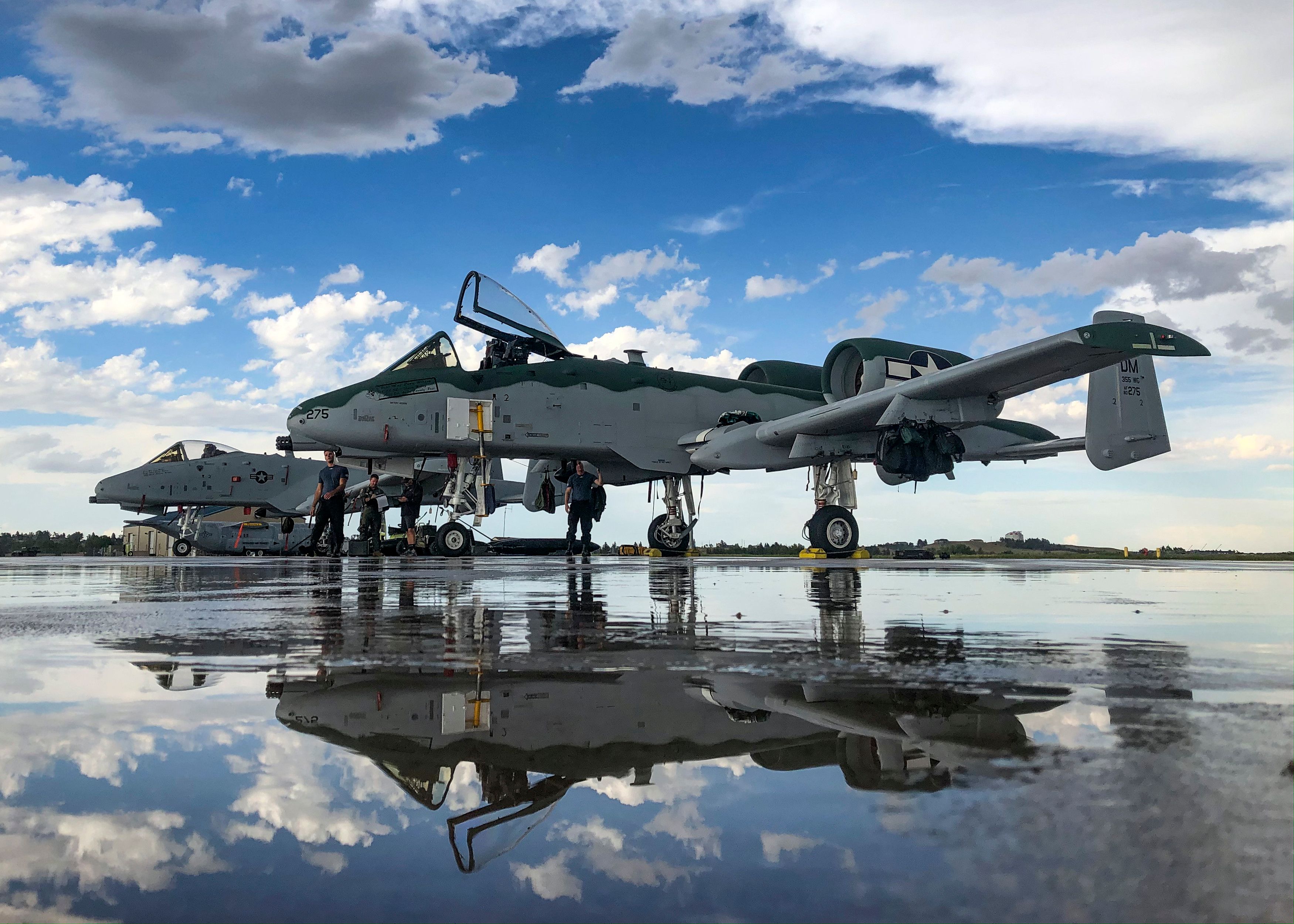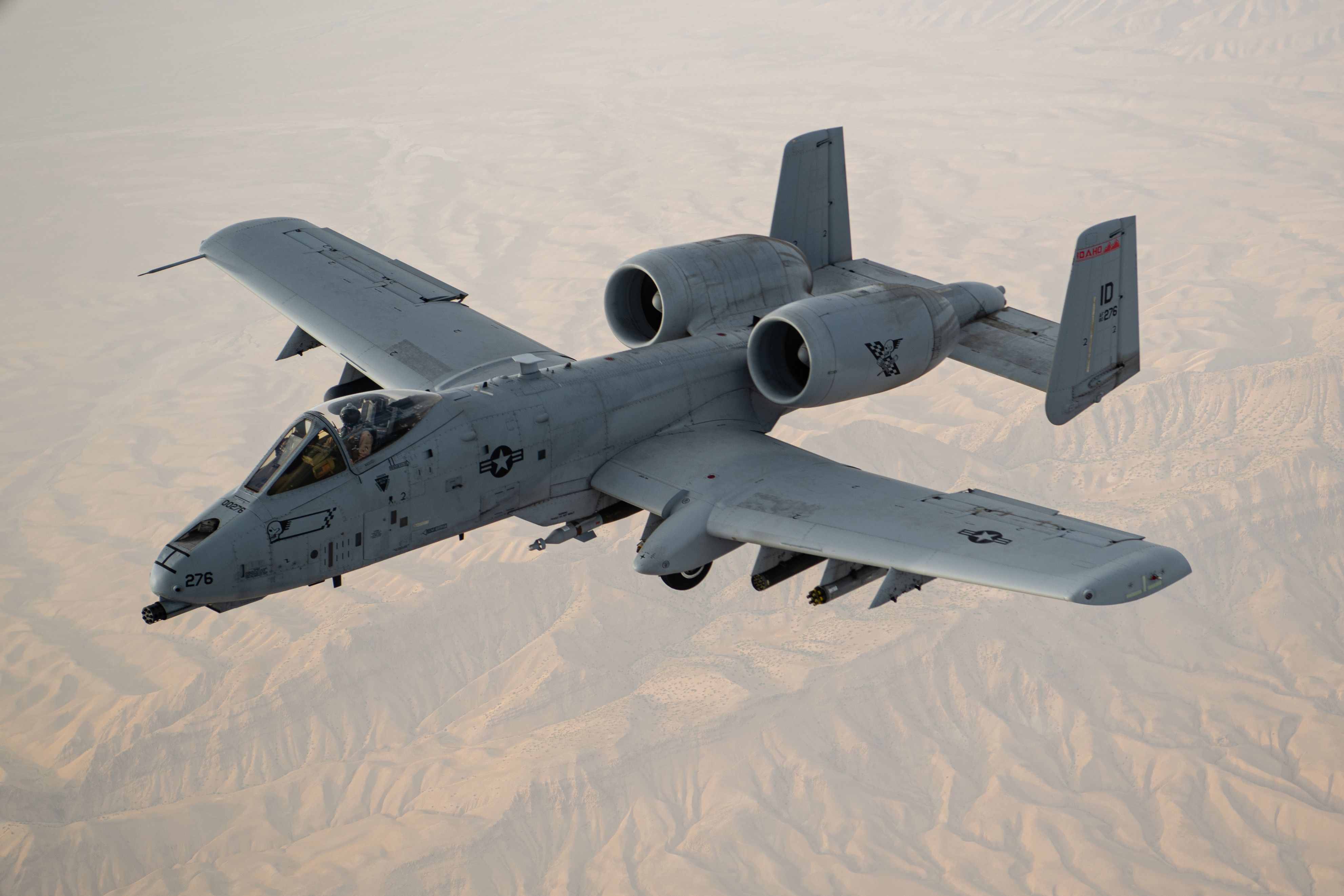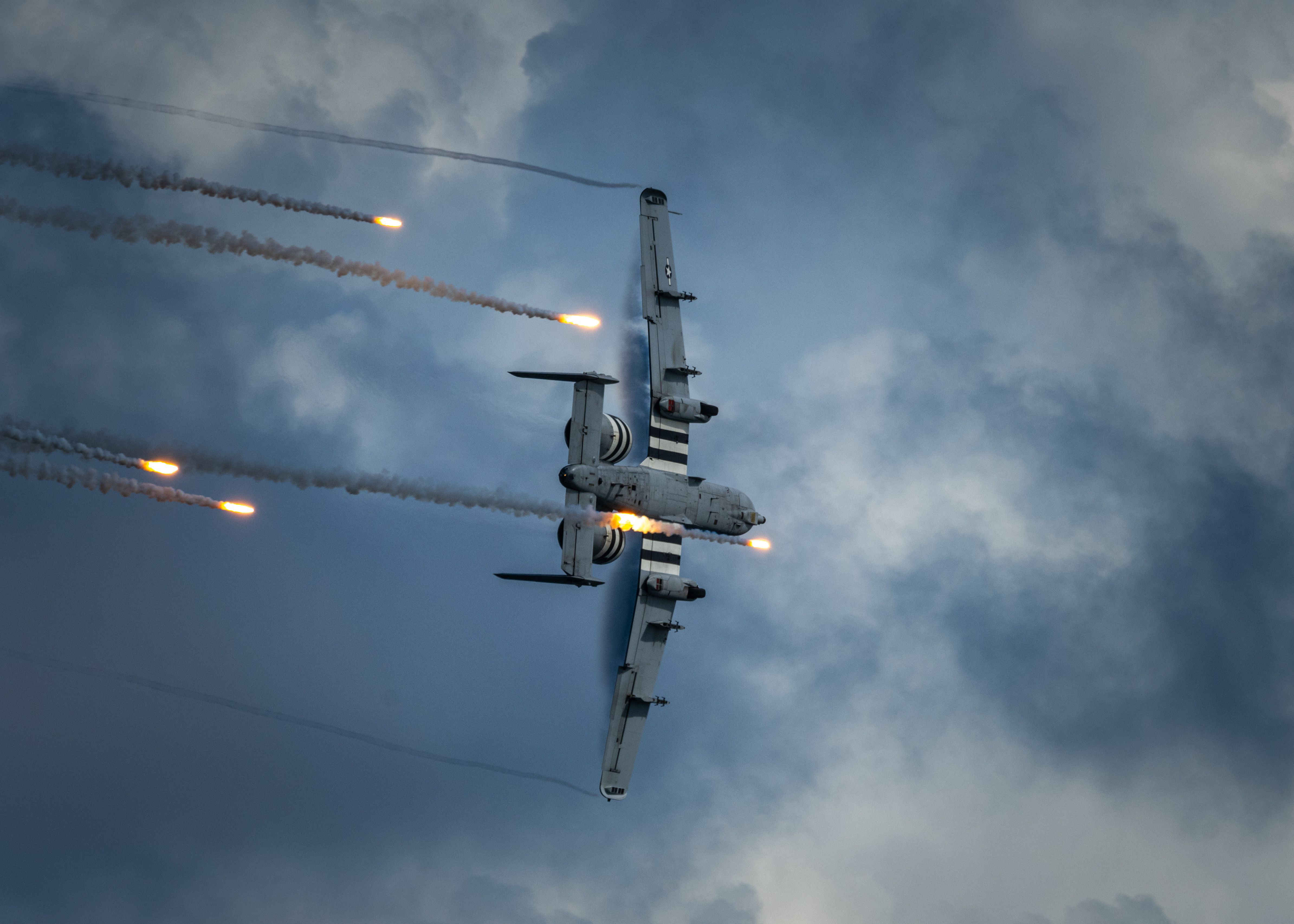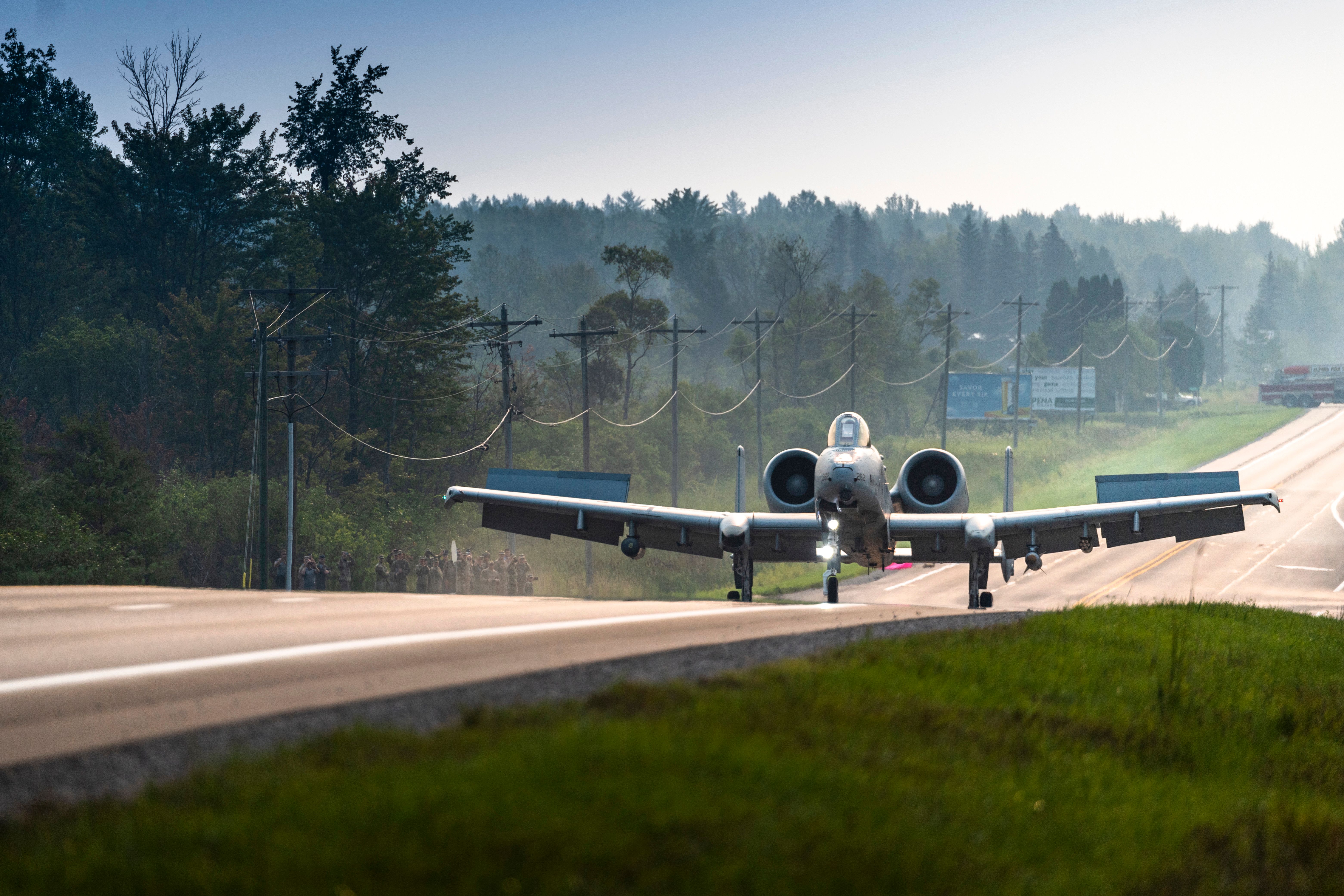The A-10 Warthog, officially known as the A-10 Thunderbolt II, is the most well-known close air support aircraft operated by the United States Air Force. The jet, designed initially for ground troop protection, has been in service since 1977 and uses its GAU-8 Avenger cannon and impressive armor to engage armored vehicles and ground forces.
The aircraft is versatile and incredibly durable. It can operate from nearly any runway under almost any conditions and has been involved in most major conflicts of the past few decades. There were plans to retire the jet in favor of the F-35 Lightning II, but controversy surrounds this replacement plan due to the A-10’s reputation and near-unmatched capabilities.
Photo: United States Air Force
Officially, congress approved the aircraft’s retirement in 2023, but such plans have not taken effect as the United States Air Force has yet to confirm adequate replacement capabilities. In this article, we will take a deeper look at the role that the A-10 still plays in the Air Force today and how many such jets remain in service.
Development and purpose
In the years following the Second World War, the United States Air Force identified the need for a dedicated close air support aircraft and built the propellor-driven Douglas A-1 Skyraider.
The Skyraider served throughout the Korean War and even during the Vietnam War but soon became slow and overpowered by modern standards. As a result, the Air Force identified the need for a new modern aircraft to serve this purpose, and thus the A-10 was born.
With unparalleled durability, firepower, and versatility, the A-10 could effectively engage ground targets behind enemy lines. The aircraft’s primary role was to directly support the movements of ground troops by attacking everything from armored vehicles and tanks to other posts.
Photo: United States Air Force
The aircraft was equipped with a powerful 30 mm Avenger rotary cannon alongside heavy armor meant to withstand impressive amounts of ground fire. The aircraft could operate from short and unpaved runways near combat zones, offer rapid response times, and precisely target enemies even miles away.
The A-10 could fly both low and slow and prevented the risk of collateral damage. The aircraft could complete missions focused on supporting troop movements with impressive efficiency and established the aircraft as a key asset for close ground support. According to the Air Force, the jet offers the following specifications:
|
Category: |
A-10 Warthog |
|---|---|
|
Typical operating speed: |
420 miles per hour |
|
Powerplant: |
2 x General Electric TF34-GE-100 |
|
Maximum Takeoff Weight (MTOW): |
51,000 pounds |
|
Maximum range: |
695 nautical miles |
|
Service ceiling: |
45,000 feet |
Operational history
The A-10 Warthog finally entered service after a lengthy development process in 1977 and became combat-ready by October 1977, when it joined the 354th Tactical Fighter Wing. Since then, the aircraft has been stationed worldwide and has operated through notable conflicts, including the Gulf War, the NATO intervention in the Balkans, the War in Afghanistan, and the Libyan Civil War.
Military analysts initially doubted the plane’s relatively unconventional design. However, the plane immediately proved its worth over its first few years of service. During its first combat engagements in Operation Desert Storm, the jet destroyed enemy targets and even achieved air-to-air victories.
Photo: United States Air Force
The plane has been successfully deployed across the Middle East and was utilized many times during the fight against Islamic State militants in Syria and Iraq. While the plane has been criticized for some friendly fire incidents, the A-10 remains a valuable asset and is loved by pilots for its impressive firepower.
Above all, the aircraft is known for its durability and impressive ability to remain airborne even when exposed to heavy enemy fire. Stories of A-10s returning to base with major airframe pieces, including engines, missing.
Present and future
Currently, the fleet of dedicated ground attack and close support aircraft in the United States Air Force is dominated by the A-10. The organization operates only one dedicated ground attack aircraft. The table below provides additional details on the Air Force’s ground attack fleet:
|
Aircraft type |
Number in fleet |
|---|---|
|
A-10 Warthog |
270 |
|
AC-130 Ghostrider |
29 |
The AC-130, a heavily armed long-range gunship, performs far more niche missions than the Warthog and, as a result, is found in significantly smaller numbers. The Warthog is so numerous within the Air Force’s fleet that only the General Dynamics F-16 Fighting Falcon is found in larger numbers.
Despite playing a crucial role in the United States Air Force’s ground attack fleet, the organization intends to retire the aircraft in favor of the multirole F-35 Lightning II fighter. However, these efforts have faced heavy opposition from Congress, alongside concerns that operational experts have raised, according to Defense News.
Photo: United States Air Force
Many feats, including the A-10’s effectiveness and redundancy in close air support missions, are not matched by newer aircraft that have not been specifically designed for the purpose. With so many unique attributes, finding an aircraft that can replace the iconic A-10 is difficult.
Officially, plans are in place to slowly replace the jet by 2029, with a thorough examination of potential alternative aircraft already underway. Nonetheless, the plane’s unique attributes, which include a powerful cannon and reinforced armor, have helped make the case for keeping the plane active.





